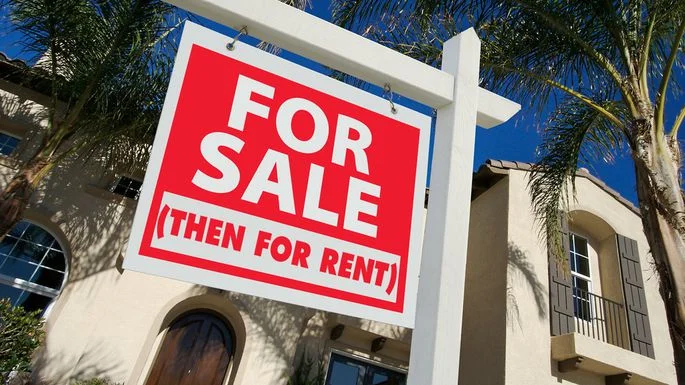…or post-settlement occupancy agreement as it’s called in contracts. Many home sellers find themselves in a bind during the transition of selling their current home to purchasing a new one. Depending on financing, some home sellers need to sell their home in order to have the cash for a down payment on a new one. However, there is an option that keeps the sellers from having to scramble for temporary housing (typically the time after their home has sold but before they’ve settled on a new one) during the transition: a rent back.
A rent back is essentially a scenario when the buyer agrees to rent the home back to the seller for some amount of time after the closing date. This can be a negotiating chip in a hot housing market or simply a kindness to a seller with a longer timeline.
Dwell Residential (RLAH Real Estate) founder Jennifer Myers offers a bit more insight into when a rent back makes sense and the risks involved:
A rent back, contractually called a Post-Settlement Occupancy Agreement, is used most frequently when a seller needs to make sure their current home has settled so they have the funds to buy their new home or some version of that.
There is a non-tenant relationship established where the seller has a license to reside in the home for a certain number of days, typically at a daily rate decided on by the buyer. In a competitive housing market, it’s not out of the ordinary for a buyer to sweeten their offer by allowing the seller to live in the home for free for a period after settlement.
In the event that a buyer decides to do a rent back, they will do a walk-through before settlement to see the condition of the home on the day they become the owner, and also confirm that any home inspection items have been repaired satisfactorily. The buyer needs to make sure there is a hefty enough deposit being held by the title company in case there is any damage done by the seller while they are there or moving out. However, since the buyer now owns the property, if something breaks in the property at no fault of the seller (the HVACsystem goes out all of a sudden, for example), it is the buyer’s, not the seller’s, issue to repair.
Once the seller moves out on the agreed upon date, the buyer does their final, final walk-through and then if all goes well, the buyer tells the title company to release the deposit to the seller.

